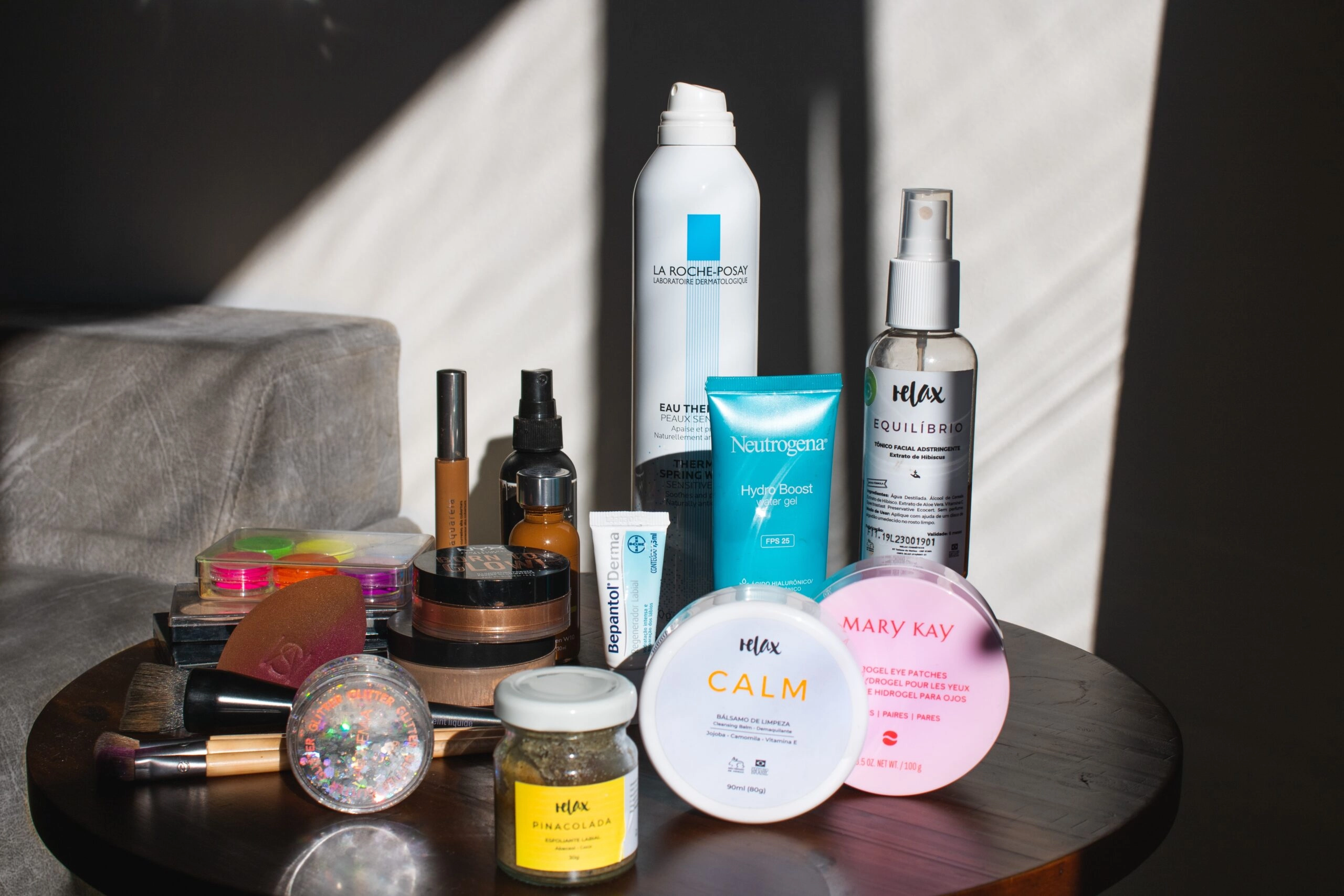Unveiling TikTok Advertising Secrets
Explore the latest trends and insights in TikTok advertising.
Cosmetics: The Secret Life of Your Lipstick
Uncover the hidden truths behind your favorite lipsticks! Explore ingredients, fun facts, and secrets that will change how you view cosmetics forever.
Unveiling the Ingredients: What’s Really Inside Your Lipstick?
When it comes to cosmetics, few products are as ubiquitous as lipstick. However, many consumers remain unaware of what ingredients are lurking in their favorite shades. Lipsticks can contain a myriad of components, including waxes, oils, pigments, and preservatives, each serving a distinct function. For instance, candelilla wax and carnauba wax provide structure and ensure the lipstick maintains its form, while natural oils like jojoba and castor oil deliver moisture and smooth application.
One of the most concerning aspects of lipstick is the presence of potential toxins and allergens in certain formulations. Ingredients such as lead, though now largely regulated, have been found in some products, raising questions about safety. On the other hand, many brands are opting for cleaner formulas, boasting natural and organic ingredients that promise to be kinder to your lips and overall health. As consumers become more informed, it’s essential to scrutinize the labels and understand what’s truly inside your lipstick.

The Evolution of Lipstick: From Ancient Times to Modern Formulations
The history of lipstick dates back to ancient civilizations, where it was made using various natural pigments derived from plants, minerals, and insects. For instance, the ancient Sumerians are believed to have been among the first to wear lip color, grinding gemstones and using crushed fruit to create vibrant shades. Over the centuries, this ancient cosmetic evolved, with Egyptians famously using red ochre and carmine derived from crushed cochineal insects. The use of lipstick was not merely for beauty; it was often associated with social status or religious significance, establishing a rich heritage that laid the foundation for modern formulations.
Fast forward to the 20th century, the lipstick industry saw revolutionary changes with the introduction of synthetic pigments and modern manufacturing techniques. In the 1920s, lipstick became widely accessible, with tubes becoming a common way to apply it, thanks to innovations in packaging. The 21st century has further transformed lipstick, focusing on long-lasting formulas, organic ingredients, and sustainable practices that appeal to conscious consumers. Today, the evolution of lipstick reflects not only beauty trends but also cultural movements, with diverse shades catering to all skin tones and preferences, emphasizing its enduring significance in the world of cosmetics.
Lipstick Myths Debunked: What You Need to Know Before You Swipe
Lipstick myths are rampant in the beauty world, creating confusion and sometimes leading us to make poor choices when it comes to our makeup routine. One common myth is that high-end lipsticks are always of better quality than their drugstore counterparts. However, the reality is that many budget-friendly brands offer excellent formulations that perform just as well, if not better, than more expensive options. Ingredients and texture can vary significantly between products, making it essential to look beyond the price tag and prioritize finding the right shade and formula that works for you.
Another prevalent myth is that wearing lipstick every day can damage your lips. While it’s true that some lipsticks contain drying ingredients, many modern formulations include moisturizing components like shea butter and vitamin E. To keep your lips healthy, it's vital to choose a lipstick that hydrates, and to regularly exfoliate and apply balm. Additionally, those with sensitive skin should steer clear of products with strong perfumes or irritants. By debunking these common lipstick myths, you'll feel more confident when swiping on your favorite shade, knowing you're making informed choices for your lips.